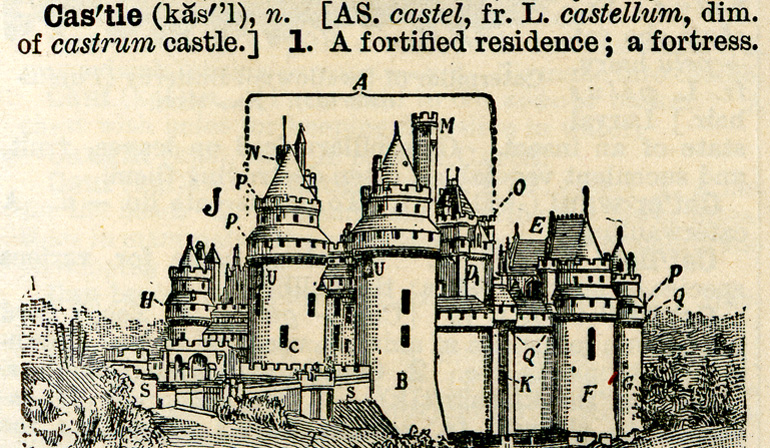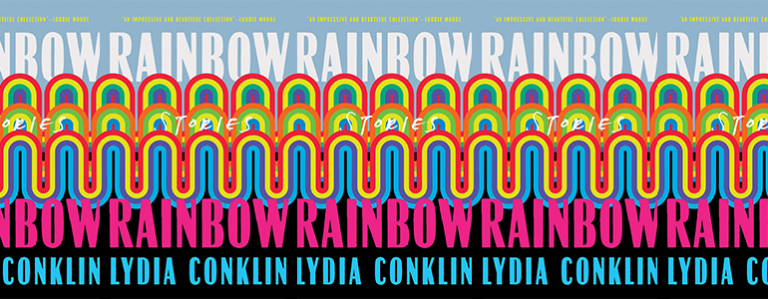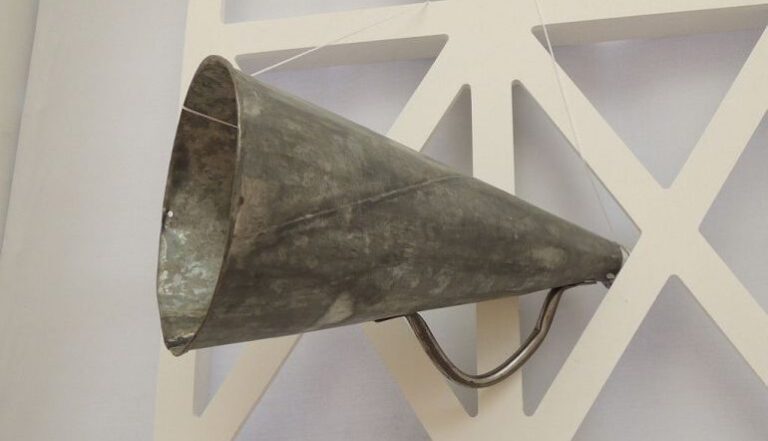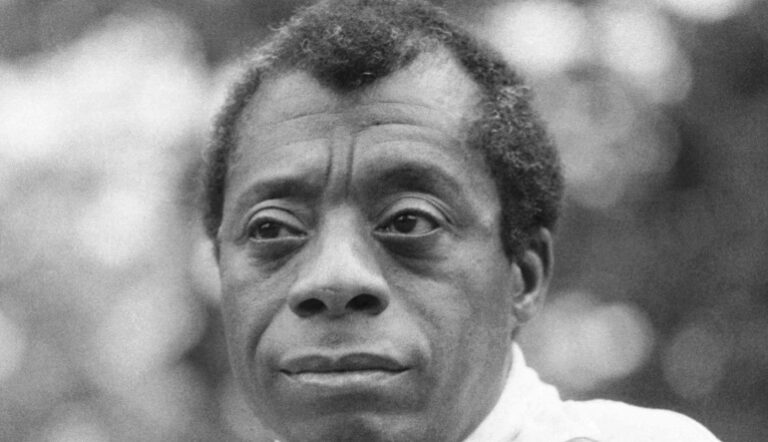What Is Poetry?

The question arises often in bookstore readings and writing workshops, cultural commentary and book clubs, and yet the answers remain slippery and incomplete, sometimes biased toward a particular aesthetic, other times umbrella-ed into compromising vagaries, all of which equally frustrate the long-haul poet and the beginning reader. A whole host of poets from Coleridge to Ginsberg have attempted to alchemize a pure-gold definition that would illuminate and charge poetry’s mission while delineating its borders. In A Poet’s Glossary, Edward Hirsch defines a poem as a “made thing, a verbal construct” and poetry as an “inexplicable (though not incomprehensible) event in language.” This latter definition suggests there’s a way into understanding what poetry is, even if we can’t neatly package a definition. Part of the reason why I love poetry so much is that it rejects synopsis, but its undefinability may be why it sometimes struggles to gain new readers, to appeal to the uninitiated. So how do we overcome this barrier?
For me, the best definition of poetry is the act and the experience of reading a poem. For every poem I read, I redefine poetry, little by little, so that I’m always, consciously or unconsciously, grappling with what it is and can be. This can happen poem to poem in a single collection, or it may arrive through the serendipitous juxtaposition of a poem I sought out and another that someone gave me. Just yesterday, I spent a lot of time with two poems, “Inversnaid” by Gerard Manley Hopkins and “At the Tribunals” by Patrick Rosal, while leading sessions on sound and music in poetry at a teen writing camp. In our discussion, we considered the ways in which the sounds of language can modulate emotion and tone; control the pacing; onomatopoetically produce ambient sound effects; and demonstrate movements and arcs in rhetoric and character. The river that Hopkins describes as a “rollrock highroad roaring down” seems to intone through the sounds of the language the very rush and fall described by the words’ meanings. The opening of Rosal’s poem chunks together hard “-ck” and “-d” sounds as he describes getting into fights as a kid—“Once, in a brawl on Orchard, I clocked a kid / with a ridgehand so hard”—and then, after the poem’s turn toward the adult speaker’s reflection, the sounds become softer, relying upon humming sounds like “-m” and “-n” or a shushing “-s” and its combinations with other consonants. I made a big to-do about these poets’ sonic strategies, and I felt satisfied that I knew what poetry can do.
Later that afternoon, however, I had coffee with a poet whose creative and scholarly works explore the intersections between poetry and disability, especially poetry availability to those with hearing impairments. In this conversation, I first learned about American Sign Language (ASL) poetry, poetry that’s signed rather than spoken or written, which is performed and predominantly published via online videos on YouTube. This poet brought up the ephemerality of video publication and asked me to consider what it would be like if I published my next book of poetry only by recording myself reading them aloud and posting them online: How then would I feel about the poems as text? Would I feel that my work was being preserved? Would I feel like it reached its full audience? I’m somewhat ashamed to admit that I, as an able-bodied person, had never considered ASL poetry or its publication, and I realized that the poetry of sound I have long admired is an ableist privilege, certainly viable for some poets and readers but not definitive of poetry.
So, what defines poetry? What makes poetry, poetry? What does poetry do? These are questions to which I’m returning in my teaching, my reading, and my writing, but more and more, I’m unwilling to attempt an answer. Samuel Johnson, the eighteenth century English writer, warned: “To circumscribe poetry by a definition will only show the narrowness of the definer.” The more I even attempt to offer up clumsy and deficient definitions of poetry, the more I limit myself and the more I dishonor the flexibility and resiliency of the art form I love so much. Likewise, to reject the exclusionary denotations perhaps honors poetry’s work within different cultures and across traditions, reminding us that poetry doesn’t belong to the Western canon, to those lionized by anthologies and textbooks. That being said, I’ve often encountered the criticism of poetry that it’s coded or that it attempts to elude. Saying that “poetry cannot be defined” may strengthen that perception, abandoning poetry among the junkyards of the useless arcane and woo-woo.
Here, we come to an impasse, and one that will vex those who don’t want poetry to be seen as an elitist art: how do we make poetry more available to all kinds of readers if its definitions exclude and the absence of a definition shrugs off readers? For me, the answer is always: read. From now on, whenever I’m asked what poetry is, I want to respond with action—with tender, attentive, enthusiastic action. I want to read poems with and alongside others, demarking the ways through and the ways into. What is poetry, you ask? Well, here’s a poem. Here’s what it might do or be. Let me walk you through it. Let’s look at it together. But let’s not stop there. Here’s another.


